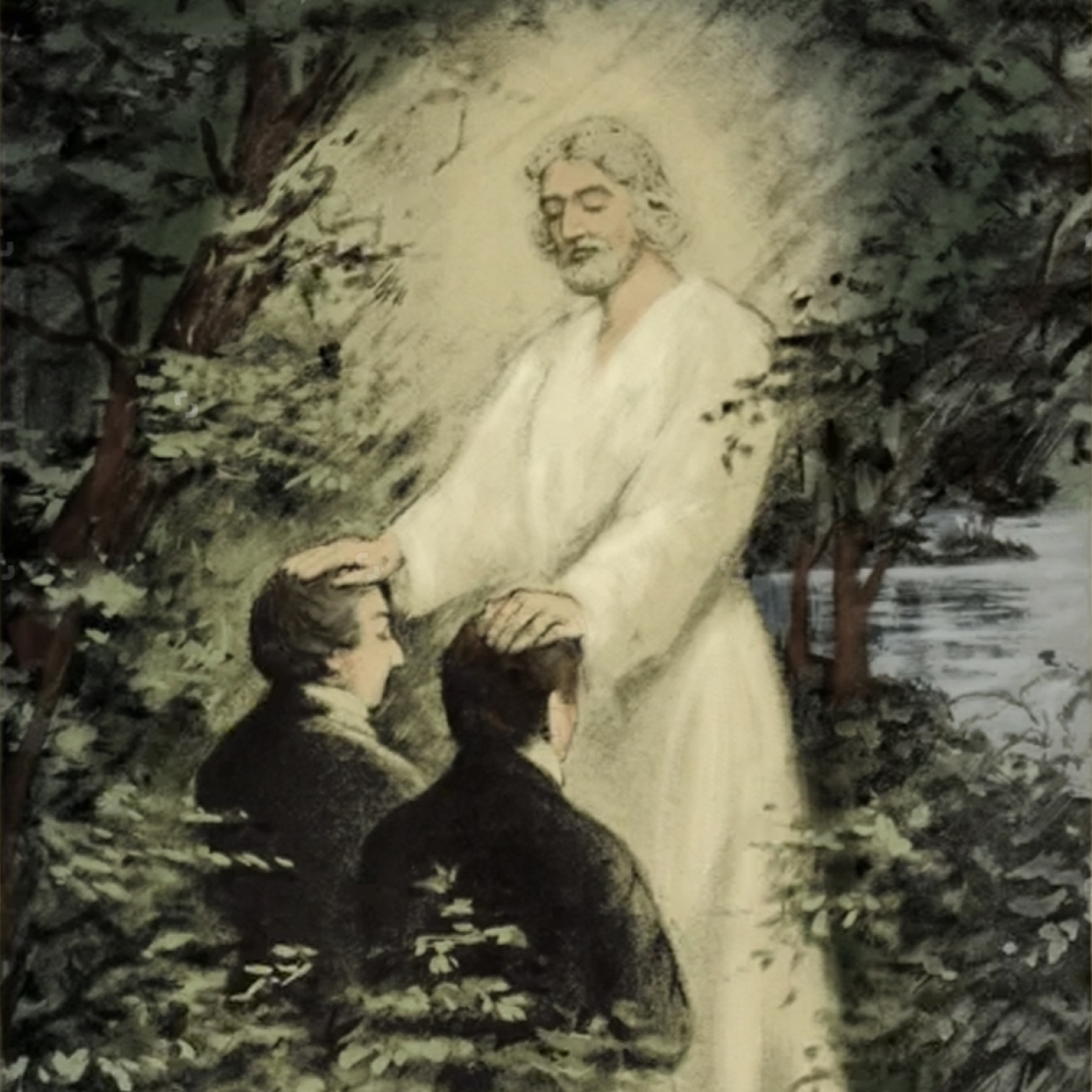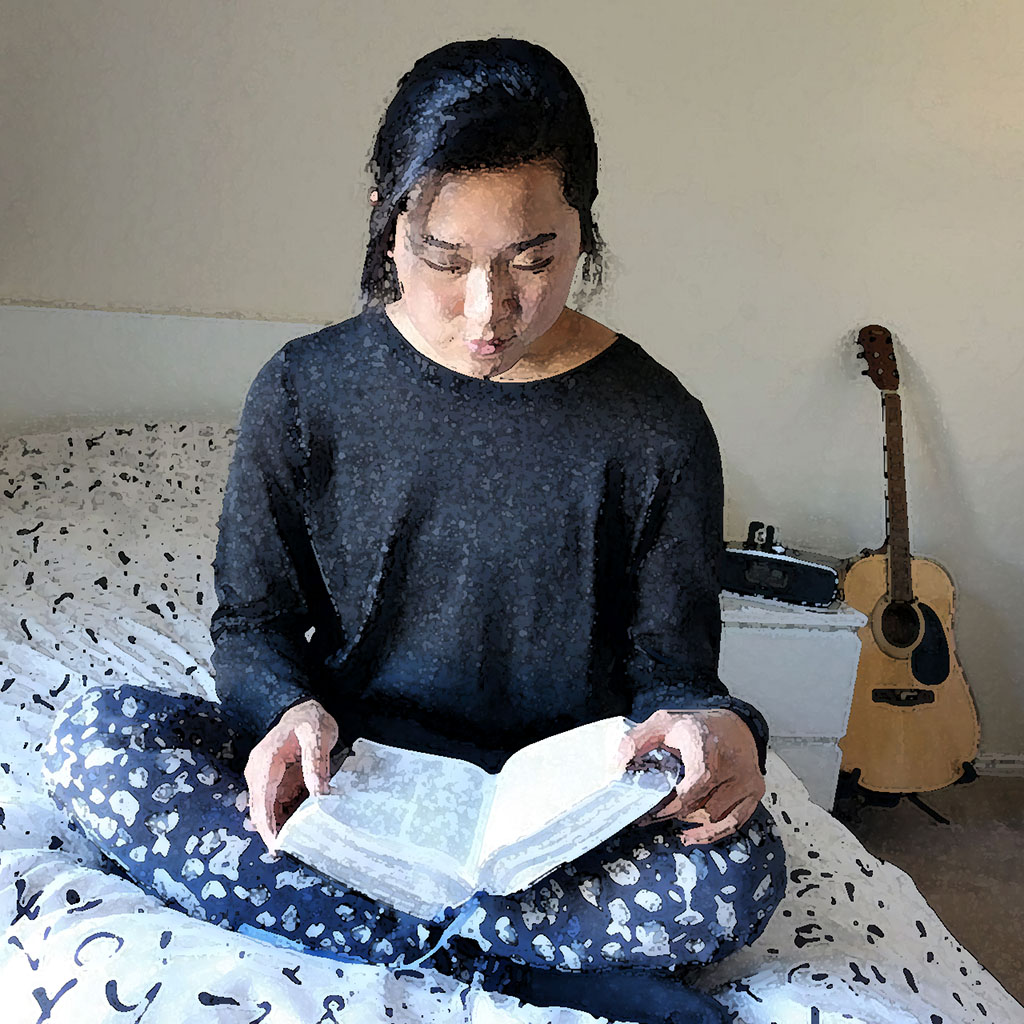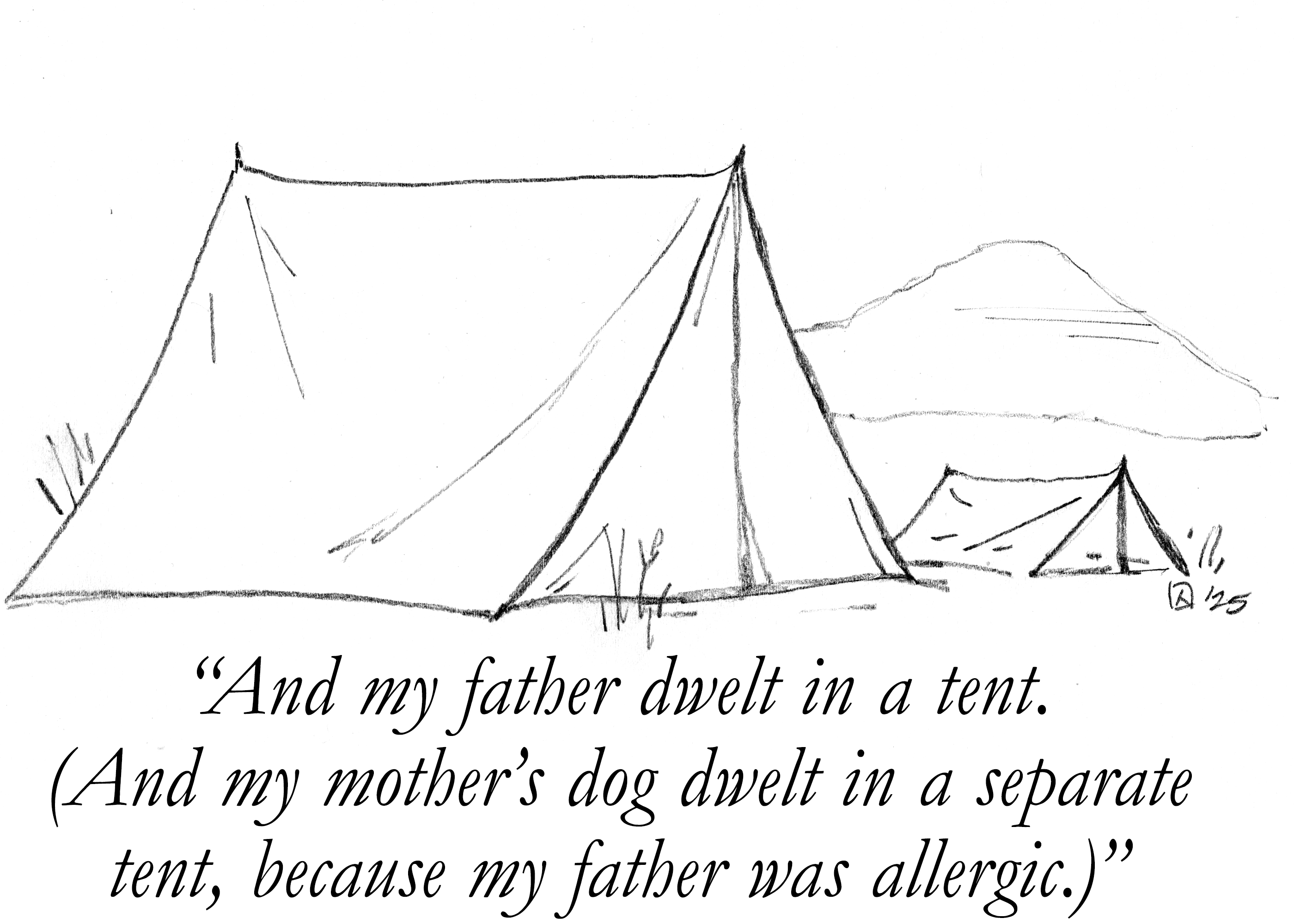Joseph Smith and George Orwell were not optometrists. (And their names have perhaps never been used in the same sentence.) But they understood the importance of the lenses through which we see the world.
Smith and Orwell, born a century apart on separate continents, were visionary men who gave us important books that describe the best and the worst of how people see the world.
In Smith’s Book of Mormon, a prophet describes one of the remarkably clarifying roles of the Holy Spirit. “It speaketh of things as they really are, and of things as they really will be” (Jacob 4:13, emphasis added). The book later tells of a people who, thanks to this same Holy Spirit, are given “great views of that which is to come” (Mosiah 5:3, emphasis added). And two other prophets speak of a forward-looking approach to life. We must, they say, see things through “an eye of faith” (see Alma 5 and 32; Ether 12).
A few years after translating and publishing the Book of Mormon, that same Holy Spirit enlightened Smith’s eyes and gave him (in my humble opinion) one of the grandest visions ever given to an inhabitant of this planet. This was a panoramic glimpse of the heavens—as they really are. He beheld them in three main divisions: the celestial, the terrestrial, and the telestial. The inhabitants of the celestial realm (the highest of the three) “see as they are seen, and know as they are known” (Doctrine and Covenants 76:94; also compare Paul’s first letter to the Corinthians). Do people want to see things as they really are and will be?
What makes such celestial vision possible? The same verse tells us that these are souls who have chosen to receive “of [God’s] fulness and of his grace.” Such clarity of vision comes, therefore, through sharp spiritual lenses that can only be prescribed and dispensed by the Master Optometrist, the Father of all humanity.
Do people want to see things as they really are and will be? Do they yearn to see through the endless fronts of fakery, exaggeration, and obfuscation to properly understand themselves and the world? Do they crave the courage to see with an eye of faith?
It is probably true that, for many, the answer is no. These gifts are not free; they demand the steep tuition of meekness and humility and the bitter medicine of unflinching self-awareness.
Many insist on donning lenses easier to obtain and perhaps a little more in fashion. Political lenses are especially vogue in 2020. How ironic that such lenses only blur our vision, placing it as far away from 20/20 as can be. They distort everything we see in our neighbor. Instead of beholding the soul under the skin, we are, to borrow another apt Book of Mormon phrase, “stirred up” to see people only as self-interested, calculating, megalomaniacal, partisan, power-hungry animals.
The scriptures Smith gave the world certainly say plenty about the potential depths of man’s depravity. But for me, none of his passages on evil contain quite the memorable color we find in the opening pages of Orwell’s classic dystopian novel, 1984. In this masterclass on the dangers of totalitarianism, we see the political lens adjusted to its angry worst.
The novel is set in Oceania, a place where war is peace, freedom is slavery, and ignorance is strength. The opening pages introduce us to “Hate Week.” The days leading up to this buffet of agitation have an “economy drive.” This includes cutting off electricity to the elevators, forcing people to climb many flights of stairs to get to work—and thus building their inner reserves of rage.
During “Hate Week” itself, citizens are whipped up into a frenzy of dark emotions to blind them to reality. Each day, a brief gathering called “Two Minutes Hate” begins with “a hideous, grinding screech, as of some monstrous machine running without oil”—a sound “that set one’s teeth on edge and bristled the hair at the back of one’s neck.” Each session focuses on Emmanuel Goldstein, a well-known “Enemy of the People.” Videos are played of his speeches. Citizens are provoked into uncontrollable fury. They shout as loud as they can to prevent Goldstein’s heresies from entering their ears.
“Swine! Swine! Swine!” one woman yells as she throws a book at the screen whereon Goldstein speaks.
Like wildfire, the unchecked anger of the multitude is multidirectional and mercilessly consumes everything in its path. In an especially ugly moment, the novel’s protagonist, Winston Smith, succeeds in “transferring his hatred from the face on the screen to the dark-haired girl behind him.” He imagines doing cruel and unspeakable things to her.
In that moment, in Winston’s eyes, she becomes an object for his brutal lust. Her unique personhood disappears behind the smoke of his anger.
Orwell was not advocating hate; he was warning us of its bitter fruits. His description of a totalitarian hellscape bears, for those with eyes to see, an unmistakable resemblance to much of today’s political commentary in the United States. Depending on what you watch or read, every week can feel like hate week, with plenty of Two Minutes Hate sessions to keep you on edge. This is, of course, by design. Media organizations know that provoking people is a lucrative business model. People keep watching, advertisers keep paying—the system works. Suddenly a Book of Mormon verse about a group of provocateurs in 82 B.C. evokes a strikingly familiar feel. “It was for the sole purpose to get gain … [that they] did stir up the people to riotings, and all manner of disturbances and wickedness, that they might have more employ” (Alma 11:20). God sees the whole person—and so should we. We shortchange ourselves by forgetting that those we hate are created in God’s image.
It is hard to stand apart from the media culture—mainstream or otherwise—that shapes so much of how we see the world. Provocation, outrage, and ad hominem attacks are its salt, fat, and sugar. “The horrible thing about the Two Minutes Hate was not that one was obliged to act a part,” Orwell writes, “but that it was impossible to avoid joining in.” Without self-discipline, we so easily reach back into the bag of our favorite political commentary for just one more hot take, one more slam, one more comment taken out of context from an enemy we love to hate.
To see as God sees, we must recognize that, as Smith said in 1844, “if men do not comprehend the character of God, they do not comprehend themselves.” True, people can be base, calculating jerks. But God sees the whole person—and so should we. We shortchange ourselves by forgetting that those we hate (or simply misunderstand) are created in God’s image. And that they, like us, sin and are given the same wide berth of grace and second chances that God gives to you and me. And that they, like us, are someone’s son, daughter, brother, sister, husband, wife, dad, mom, grandpa, grandma, or dear friend.
I have tried seeing things this way of late and I have to say—I’m happier. Replace some of the more acerbic political commentaries in your information diet with things that tell you more about someone’s life story. Considering the whole person may make your heart lighter and your outlook brighter. And don’t be surprised when unanticipated gratitude floods your soul for the love you feel for those you do not understand.
Jesus taught that “the light of the body is the eye”—the one part of our faces not covered by a mask. Neither politics nor pandemic should be powerful enough to blind us to a holistic vision of humanity. The only thing in our way, it seems, is ourselves.
May we choose our lenses wisely and come closer to a spiritual, soulful 20/20 vision in 2020 and beyond.

















